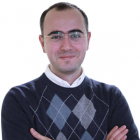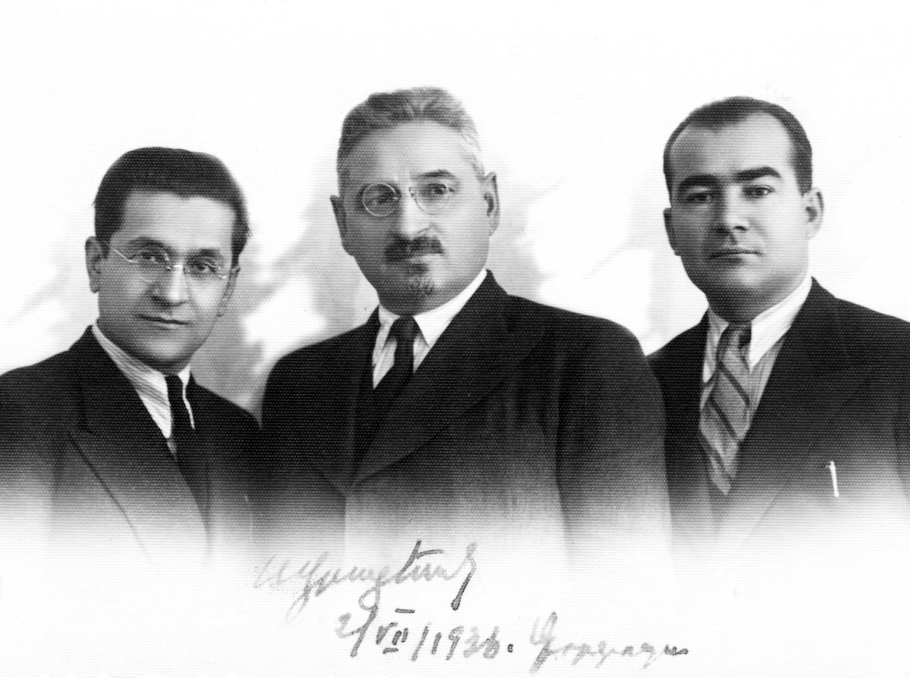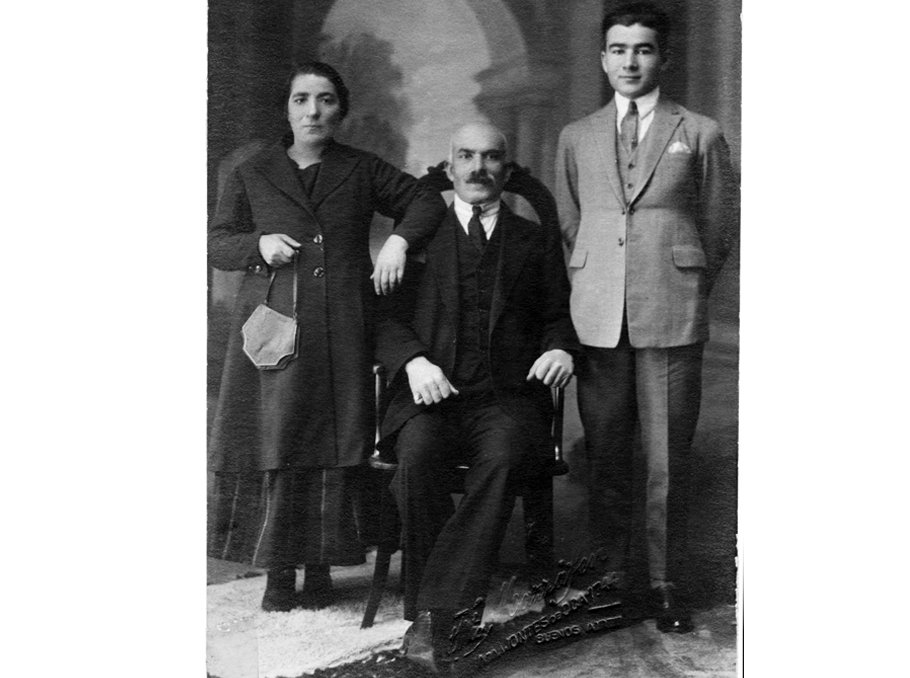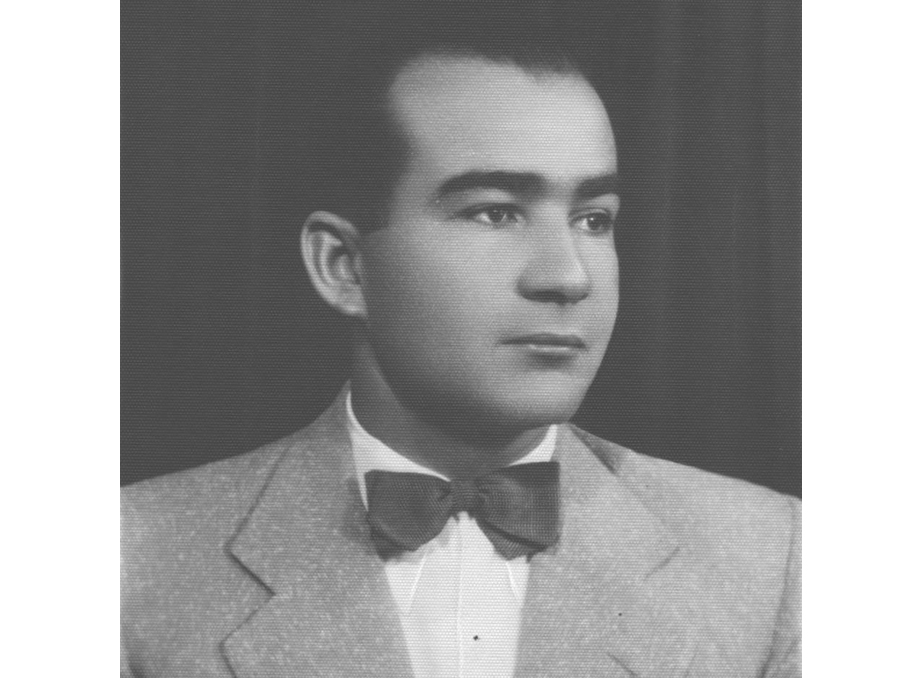In April 2015, the month in which world marked the 100 years since the Armenian genocide, the Guardian asked readers in the country, and those in Diaspora, to share their stories of how the violence had affected their family history.
The project, led by the New East network, had a an overwhelming response with over 500 people sending letters, photos and testimony, some of which were used in the coverage of the centennial.
A year on and Mediamax have worked with the Guardian to revisit some of the stories, published here as we approach the 101st anniversary.![]()
Lara Vanian, United States
My grandfather, Kourken, was 11 years old when the genocide swept through his village (Ardamed) near the (formerly Armenian) city of Van. While the majority of his family were slaughtered, he and one elder sister - out of 6 siblings - did manage to survive. Minutes before the killings began, he had been playing ball in the street with his friends then suddenly, there were grown Turkish men charging at them with bayonets. In a panic, the boys fled, trying to escape down any alleyway or hide wherever they could. He and his friends ended up in an old barn.
My grandfather slid under a silo and hid. He witnessed nearly all of his friends being murdered and was certain that he would be next. Instead, the men moved on. Hours later, when it was dark out, he crawled out from under the silo only to hear the men approaching once more. He hid under the freshly slain bodies of his friends, drenched in their blood, as the men returned with bayonets and began stabbing the bodies to make sure the children were dead. They were near him when a commander called them elsewhere. His life was spared again.
The killings came in waves and continued for years. He was starved, deported, sent to an orphanage, sold as a slave in Greece (when the American charity hosting the children ran out of money!) Eventually, he reunited with his father who had been in America when the genocide took place.
His father sent him money to pay the Greek slave owner for his freedom and to buy a ticket to Argentina, where they had a relative. My grandfather along with other survivors, built schools, churches, and an entire community in Buenos Aires.
My mother was born there and I would have been, too, had she not made a trip to Los Angeles and fallen in love with my father. The entire family eventually made the trek and my grandfather passed away at the age of 95, but not before passing on his stories, his legacy, his passion, and his dreams to his fortunate grandchildren.
My mother, Alicia Ghiragossian, wrote a book about his memoirs that I published in Los Angeles last year, after her death.





















Comments
Dear visitors, You can place your opinion on the material using your Facebook account. Please, be polite and follow our simple rules: you are not allowed to make off - topic comments, place advertisements, use abusive and filthy language. The editorial staff reserves the right to moderate and delete comments in case of breach of the rules.